Top 10 Medicinal PlantsPlants are beneficial to our general health, as is a general opinion. Having them around offers cleaner air, a stronger sense of calmness, and improved attention and productivity, among other advantages. However, certain plants provide us with more benefits than just being beautiful. 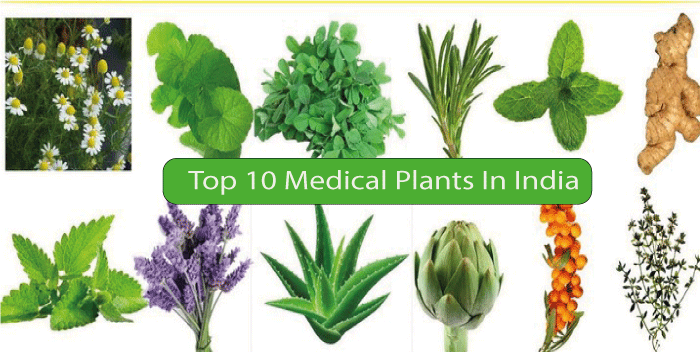
In addition to the already impressive list of advantages of keeping plants in our surroundings, there are certain super plants. Numerous plants have healing properties and are simple to have available in your house, so they are present when you need help. Here we discuss the top 10 medicinal plants you should keep in mind if you're interested in natural healing and could use a lot of extra greenery in and around your house. 1. Tulsi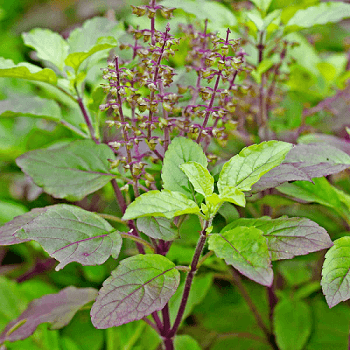
Binominal Nomenclature: Ocimum tenuiflorum Ayurvedic scriptures describe Rama, Krishna, Vana, and Kapoor Tulsi as the four varieties of tulsi. Tulsi, sometimes known as the "queen of plants," has long been regarded for its extraordinary healing powers. As a herbal tea, tulsi is used. Most herbal cosmetics feature the Karpoora Tulsi oil that is made from it. Additionally, its oil is helpful to combat germs and insects. Effective treatment for serious acute respiratory syndrome is Rama Tulsi. Its leaf juice gives comfort from cough, fever, bronchitis, and colds. Additionally, ear drops are made of tulsi oil. Malaria can heal with tulsi. It works well for cholera, hysteria, headaches, sleeplessness, and indigestion. Every day, millions of people consume Tulsi's fresh leaves. Tulsi beads are widely worn and are claimed to have certain therapeutic and physical benefits. 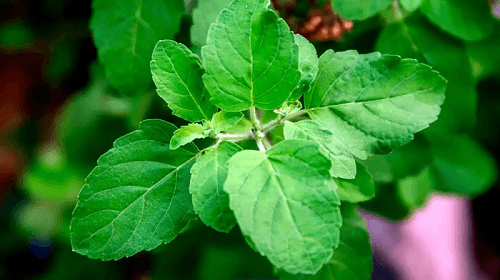
Use
2. Aloe Vera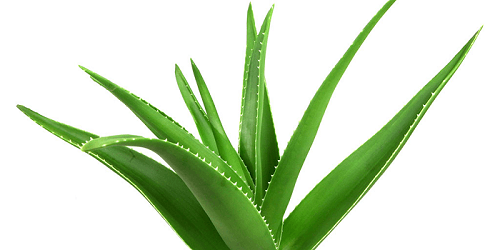
Botanical Nomenclature: Aloe barbadensis Mill Aloe vera has long been used as an ornamental plant. The plant is well-liked by contemporary gardeners for its usefulness as a topical remedy and attractive flower, appearance, and juiciness. Aloe vera can only grow on dry or damp soil with enough sunlight. The plant is good to eat even though it has an unpleasant flavor. Aloe vera juice is very helpful in reducing the risk of infection and advancing healing for the features of injuries, cuts, pain decreases, and burns. In addition to being used directly on the skin, aloe vera treats digestive issues, ulcerative colitis, chronic constipation, and chronic indigestion by consuming aloe vera juice. Commercial products are made from the clear gel and yellow latex of the Aloe vera plant. Use
3. Gotu Kola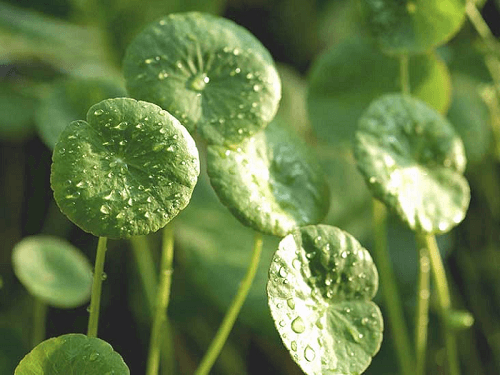
Binominal Nomenclature: Centella asiatica Gotu kola is sometimes referred to as kodavan, Indian pennywort, and Asiatic pennywort. It is a commonplace in tropical Africa, Australia, Asia, and the western Pacific Ocean islands. Additionally to being utilized in traditional medicine, it is eaten as a vegetable in food. Gotu kola increases the healing of ulcers and skin injuries, reduces capillary fragility, and activates the lipids and protein required for healthy skin. It also operates on different phases of connective tissue formation. It is believed that leaves help people stay young. Open wounds are treated with a solution made of crushed leaves. Use
4. Basil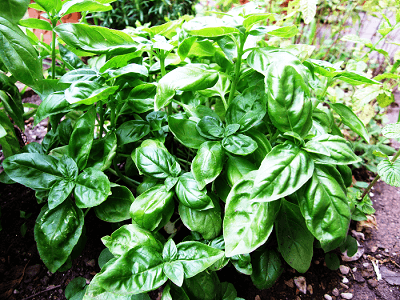
Binominal Nomenclature: Ocimum basilicum It is a medicinal herb known as giant basil (mints). It is a delicate plant that is utilized in foods all over the world. The kind, also known as sweet basil or Genovese basil, is referred to simply as "basil" in Western food. Tropical areas from Central Africa to Southeast Asia are the natural environment of basil. Basil comes in many kinds: sweet basil, Mrs. Burns' Lemon basil, Thai basil, lemon basil, and African blue basil. The herb basil may be used in several delightful dishes. Basil leaves are highly fragrant and provide a variety of meals with fantastic depth. Even though you use basil frequently in your cooking, you might not know it to be a medicinal herb. Use
5. Peppermint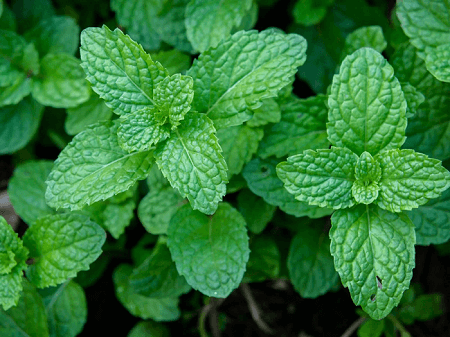
Binominal Nomenclature: Mentha × piperita Archaeological evidence dates the usage of peppermint to at least ten thousand years ago, gaining it the title of "the world's oldest medicine." The plant, originally from Europe and the Middle East, is now widely farmed worldwide. It can rarely be discovered in the environment with its original species. There are more than 25 species of Different parts of plants, but peppermint is the one that is most frequently used. Natural sources of manganese, vitamin A, and vitamin C include peppermint. Muscles can be soothed and relaxed by applying crushed leaves to the skin. Peppermint leaves can cure fevers, soothe upset stomachs, and decrease irritable bowel syndrome. Use
6. Lemon Balm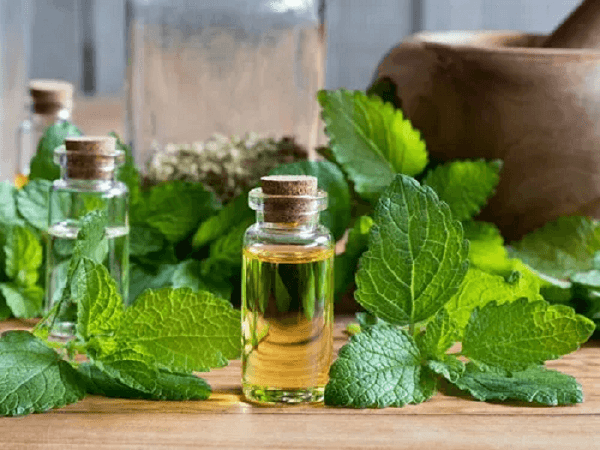
Binominal Nomenclature: Melissa officinalis Originally from Iran, Central Asia, and south-central Europe, lemon balm is an annual herb in the mint family that has now spread to other regions. It can grow up to a height of 1 m. The leaves smell faintly like lemon. White, tiny flowers with nectar-filled blooms occur throughout the summer. The leaves are utilized as a flavoring, a herb, and in teas. Bees are attracted to the plant that produces honey. It is raised for its oil and as a decorative plant (to use in perfumery). Use
7. Globe Artichoke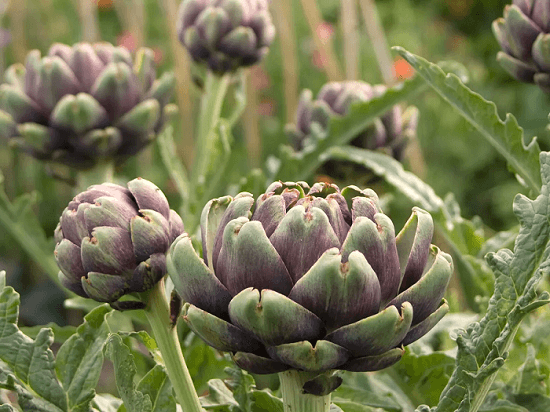
Binominal Nomenclature: Cynara cardunculus var. scolymus The globe artichoke is a variety of thistles grown for food and is also referred to as French artichoke and green artichoke in the United States. The flower buds that have not yet bloomed are the part of the plant that can be eaten. The shape becomes gritty and hardly edible once the buds have bloomed. The cardoon is a sun-loving, bitter-tasting plant that has recently gained popularity as a medicinal plant due to the discovery of cynarin. Use
8. Ashwagandha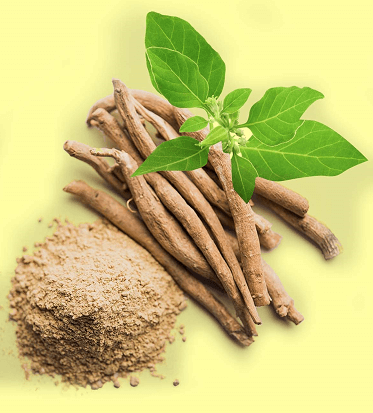
Binominal Nomenclature: Withania somnifera Ashwagandha, also known as winter cherry, is an evergreen shrub found in India, the Middle East, and some regions of Africa. The appearance of several other Withania species is the same. Although offered as a nutritional supplement and used in herbalism, there is insufficient data to support its security or effectiveness for treating any illness or condition. The benefits of ashwagandha include reducing stress, protecting the nervous system, and much more from this ancient herb. Ashwagandha has various health advantages, including those for pregnancy, wound care, and immune system support, as well as a diuretic, sleep aid, anti-epileptic, anti-tumor, pain relief, eye health, and heart tonic properties. UseAdditionally, it assists in lowering cholesterol and controlling blood sugar. It can reduce anxiety and depression, managed stress, and reduced cognitive decline carried on by the degeneration of brain cells. 9. Chinese chaste tree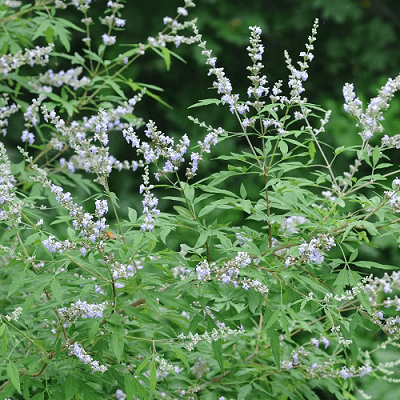
Binominal Nomenclature: Vitex negundo This big fragrant shrub Chinese chaste tree, also called the "five-leaved chaste tree, horseshoe vitex. It has branchlets that are quadrangular and thickly white. Important therapeutic advantages, such as the plant's anti-inflammatory, antibacterial, and antifungal characteristics, make it effective in treating skin infections and wounds. The five-leaved chaste tree treats muscle and joint pains. The herb is successful in curing vaginal discharge. Use
10. Yellow Gentian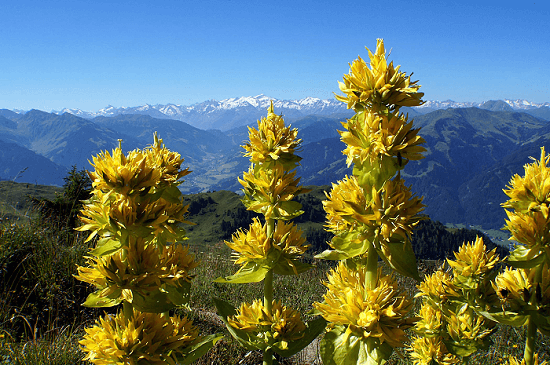
Binominal Nomenclature: Gentiana lutea The bitter root of the big yellow gentian is used to alleviate chronic illness, fatigue, and gastrointestinal problems. An annual herb, Gentiana lutea grows to a height of 1-3 meters. Secoiridoid glycosides gentiopicrin and amarogentin are it offers gentian root its bitter flavor. The former is a scientific reference for determining bitterness and is one of the most bitter natural substances. Use
ConclusionThese simple-to-grow Top 10 Medicinal plants improve your family and your garden's health. Many of them attract helpful insects, such as bees, and aid in preventing away dangerous insects from surrounding more delicate plants. It's important to consider where plants need water, light, and temperature to place them in those areas.
Next TopicTop 10 Profitable Businesses in India
|
 For Videos Join Our Youtube Channel: Join Now
For Videos Join Our Youtube Channel: Join Now
Feedback
- Send your Feedback to [email protected]
Help Others, Please Share










